Arizona Makes It Easier to Charge Stationary Drivers With DUI
Last Wednesday, the Arizona Supreme Court made it easier for prosecutors to convict intoxicated individuals who were not driving of driving under the influence of alcohol (DUI). The expanded policy was handed down in the context of a case involving Vincent Zaragoza who was arrested on April 29, 2006, for sitting a car with a blood alcohol content of .36. On that day, Zaragoza had gotten into an argument with a woman at an apartment complex. He went to his car in the parking lot of the complex, got in and—according to Zaragoza—put his key in the ignition briefly to lower the window and turn on the radio. Before anything could happen, a police officer ordered him out of the vehicle. The car’s engine had not been started, but Zaragoza was on his way to jail.
Under Arizona law, a DUI conviction requires “actual physical control” of a vehicle. A trial court interpreted this provision by instructing the jury to find Zaragoza guilty if he had “potential use” of a vehicle. The court of appeals overturned the conviction because the instruction appeared to present the opposite of the standard set by the law.
“Because the instruction could have been interpreted by the jurors as requiring them to find Zaragoza guilty based on control of his vehicle he might have hypothetically exercised but never did, that instruction was erroneous,” the appeals court ruled. “We believe the legislature intended to criminalize an impaired person’s control of a vehicle when the circumstances of such control — as actually physically exercised — demonstrate an ultimate purpose of placing the vehicle in motion or directing an influence over a vehicle in motion.”
The appellate court was following early court precedents that offered a clear safeguard to motorists who decided to pull well off the road, turn off the engine and sleep off the drinking without incurring a DUI. The state supreme court in 1995, however, decided it wanted to expand the number of convictions for DUI and created a new approach.
“The totality approach permits drunk drivers to be prosecuted under a much greater variety of situations — for example, even when the vehicle is off the road with the engine not running,” the court ruled in the 1995 Arizona v. Love case. “The drunk who turns off the key but remains behind the wheel is just as able to take command of the car and drive away, if so inclined, as the one who leaves the engine on. The former needs only an instant to start the vehicle, hardly a daunting task.”
In last week’s ruling, the supreme court unanimously insisted that “potential use” is not contrary to the definition of “actual control.” The justices concluded that as long as a jury finds that, even though an individual had not been driving, he “posed a threat” to the public by his potential or “imminent” control of a vehicle, he can be found guilty. The high court dismissed the appellate court’s idea that this approach could lead to absurd situations.
“The instruction does not raise the specter that any impaired person with access to a vehicle could be convicted for being in actual physical control of a vehicle,” the high court ruled. “The defendant’s intent is not an element of the strict liability offense of driving while intoxicated.”
The high court reversed the appeals court decision and affirmed that of the trial court while setting out a new jury instruction for courts to follow. A copy of the decision is available in a 40k PDF file at the source link below.
The newly approved Arizona DUI jury instruction:
In determining whether the defendant was in actual physical control of the vehicle, you should consider the totality of the circumstances shown by the evidence and whether the defendant’s current or imminent control of the vehicle presented a real danger to himself or others at the time alleged. Factors to be considered might include, but are not limited to:
1. Whether the vehicle was running;
This list is not meant to be all-inclusive. It is up to you to examine all the available evidence and weigh its credibility in determining whether the defendant actually posed a threat to the public by the exercise of present or imminent control of the vehicle while impaired.
More by The Newspaper
Latest Car Reviews
Read moreLatest Product Reviews
Read moreRecent Comments
- Ajla I did like this one.
- Zerofoo No, I won't miss this Chevrolet Malibu. It's a completely forgettable car. Who in their right mind would choose this over a V8 powered charger at the rental counter? Even the V6 charger is a far better drive.
- Offbeat Oddity Nope, I won't miss it. I loved the 2008-2012 Malibu, but the subsequent generations couldn't hold a candle to it. I think the Impala was much more compelling at the end.
- Zerofoo An almost 5000 pound hot hatch that fell out of the ugly tree and hit every branch on the way down? No thanks.
- Tassos Jong-iL This would still be a very nice car in North Korea.



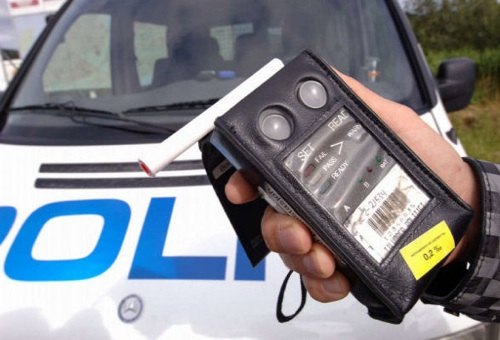















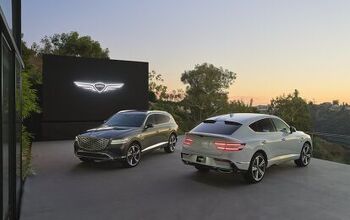

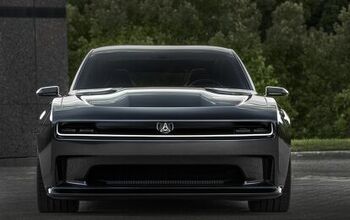


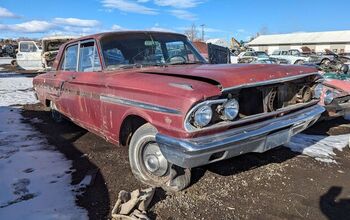
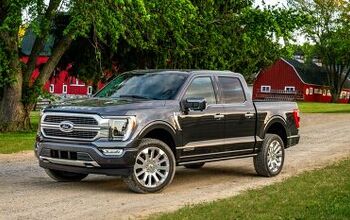
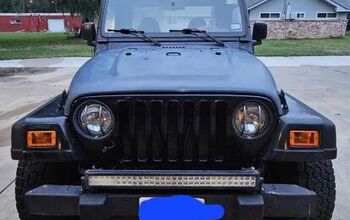

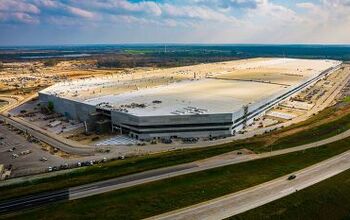


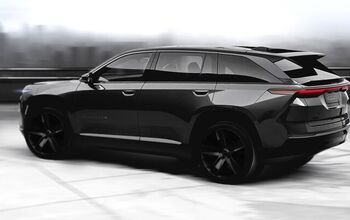

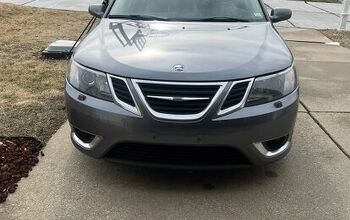
Comments
Join the conversation
All these laws are all over the place. I have seen and been through it all. I don't wish to expand on what but here it goes. I do not wish to be a judge lawyer or officer. The DUI laws are a hard thing to deal with unless you REMOVE one of them (not likely). The law SHOULD NOT be designed to play the "what if" game period! The people who drink and drive and those who get charged for it suffer greatly. I understand the laws intent. Say it with me now "PROACTIVE". Not easy guessing in any situation. The only solution I can come up with is the vehical must be in motion. This is not hard to define or understand or "GUESS". This charge is a BIG DEAL therefore the officers MUST do there job. Situation: Said suspect has the ignition keys for an auto. Suspect enters auto (moving windows, running radio, heater, A/C ect... I don't care). If the officer beleaves that said suspect will drive away... wait for it. YOU GUESSED it! WAIT FOR IT! You can still be proactive by pulling said suspect over the second he puts his auto in drive to move the vehical ANY DISTANCE. This way we can all still call it "Drinking and Driving". These new proactive laws need a diffrent name with a diffrent punishment if we want them enforced so badly. Sorry to see that this would require more work. Tom Petty sang: The waiting is the hardest part
dui is an offense and the accused showld be easily caught no one can play with the lifes of others still one should seek legal help at once from DUI Lawyers